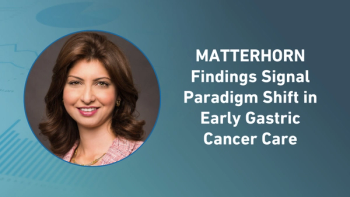
Are You Prepared to Replace the Thorough QT Study?
An updated release to the ICH E14 Guidance could indicate that data be used to replace a TQT trial for regulatory submission and review. The result of such a change would be a reduction in development time and costs for biopharma companies.
Planning ahead can save time and money later, thanks to recent regulatory changes in cardiac safety guidance.
Drugs that produce torsade de pointes, a potentially fatal arrhythmia, also prolong the QTc interval measured on the electrocardiogram (ECG). The International Council for Harmonisation of Technical Requirements for Pharmaceuticals for Human Use (ICH), which brings together global regulatory authorities and the pharmaceutical industry to clarify scientific and technical aspects of drug registration, adopted the ICH E14 guidance in 2005 to address this important safety issue. Since then, regulatory bodies like the FDA, EMA, and more recently the PDMA have mandated the evaluation of a new drug’s effect on QTc in a formal Thorough QT (TQT) trial. In December 2015, the ICH E14 Working Group released an update to the ICH E14 Guidance for Industry as a “Q&A” document. This anticipated revision discusses the use of concentration-QTc effect modeling (also referred to as Pharmacokinetic/Pharmacodynamic or PK-PD modeling) of data obtained during Phase I single and multiple ascending dose SAD/MAD clinical studies to characterize a new compound’s effects on QTc. In the right circumstances, the ICH update indicates that such data may be adequate to replace a TQT trial for regulatory submission and review â which is welcome news for biopharmaceutical companies looking for ways to reduce development time and costs. This strategy is not new, but the guidance revision offers new options to consider in development. Since 2005, regulatory bodies have required a TQT trial for new compounds with the exception of drugs for which a TQT study is not feasible, most notably for cytotoxic oncologic agents, atypical antipsychotics, and some biologics. In these cases, the industry has assessed QTc liability via PK-PD analysis during Phase I ascending dose studies. What is new is simply that the ICH now acknowledges that these techniques which have been used on oncologic and other agents are robust enough for use on less toxic drugs. The new ICH E14 revision gives you the option of using either Phase I SAD/MAD data or data from a standard TQT trial to assess the QTc liability of new agents. Since the cost of adding the required ECG collection to a SAD/MAD trial are a tiny fraction of the cost of a TQT trial, this is a great opportunity to potentially collect QT data earlier while also reducing costs. However, as only a small percentage of compounds that have a SAD/MAD trial progress to Phase III and drug approval, it is important to work with an experienced advisor so as to not increase overall costs even though the cost for a particular compound will be less. Robert Kleiman, MD is Chief Medical Officer and Vice President of Global Cardiology for ERT For more information download our free report on Cardiac Assessment
here
Newsletter
Stay current in clinical research with Applied Clinical Trials, providing expert insights, regulatory updates, and practical strategies for successful clinical trial design and execution.






.png)



.png)



.png)
.png)
